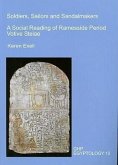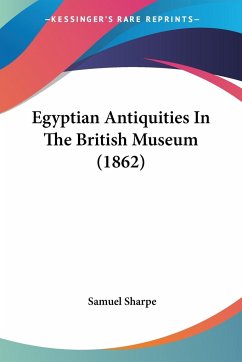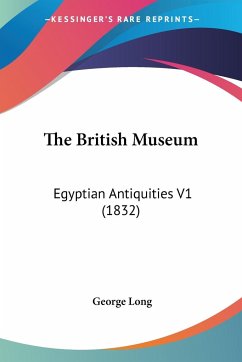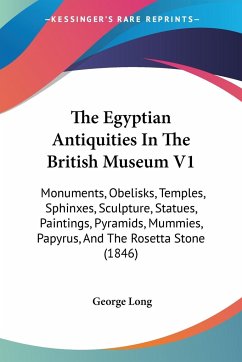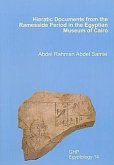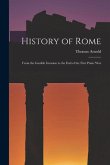The Phoenicians, renowned for their craft expertise and artistic creations, were also the greatest traders, seafarers and explorers of the ancient world. From their homeland on the coast of Syria and Lebanon, they traveled throughout the Mediterranean, seeking out new markets and establishing colonies, the greatest of which was undoubtedly Carthage on the north coast of Africa. From the time of its foundation in the 8th century BC to the time of its defeat at the hands of the Romans in the 3rd and 2nd centuries BC, Carthage itself became one of the major commercial and military powers in the western Mediterranean, and one which, for nearly 700 years, withstood the expansionist aims of first the Greeks and then the Romans. This catalogue discusses some aspects of Carthaginian or 'Punic' culture as shown by the inscribed and carved stones, or stelae, in the Museum's collections. These were acquired during the 19th century in North Africa, and come mainly from Tunisia. The majority of the stelae have votive or dedicatory inscriptions in Punic and some of them are thought to come from "tophets, burial precincts that are characteristic of Phoenician settlements in the west Mediterranean. The stelae provide a window on the religion and language of the Carthaginians, both of which are still imperfectly understood. They date from between the 4th century BC to the 4th century AD, and in the catalogue they are divided into Punic and Neo-Punic, according to whether they pre- or postdate the Roman sack of Carthage in 146 BC. The Catalogue describes each stela, giving transcriptions and translations of the Punic and neo-Punic inscriptions, plus measurements and bibliographical references. Everystela is photographically illustrated to facilitate reading the inscriptions.
Hinweis: Dieser Artikel kann nur an eine deutsche Lieferadresse ausgeliefert werden.
Hinweis: Dieser Artikel kann nur an eine deutsche Lieferadresse ausgeliefert werden.

